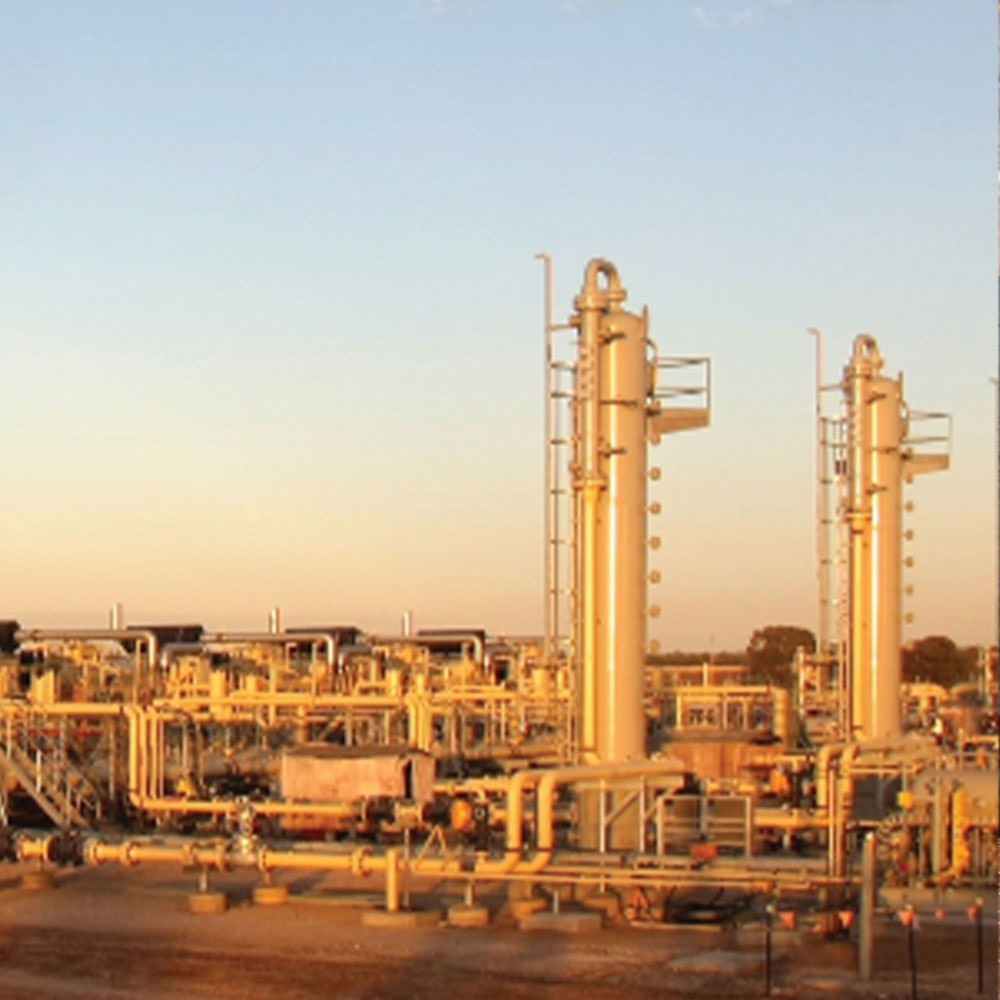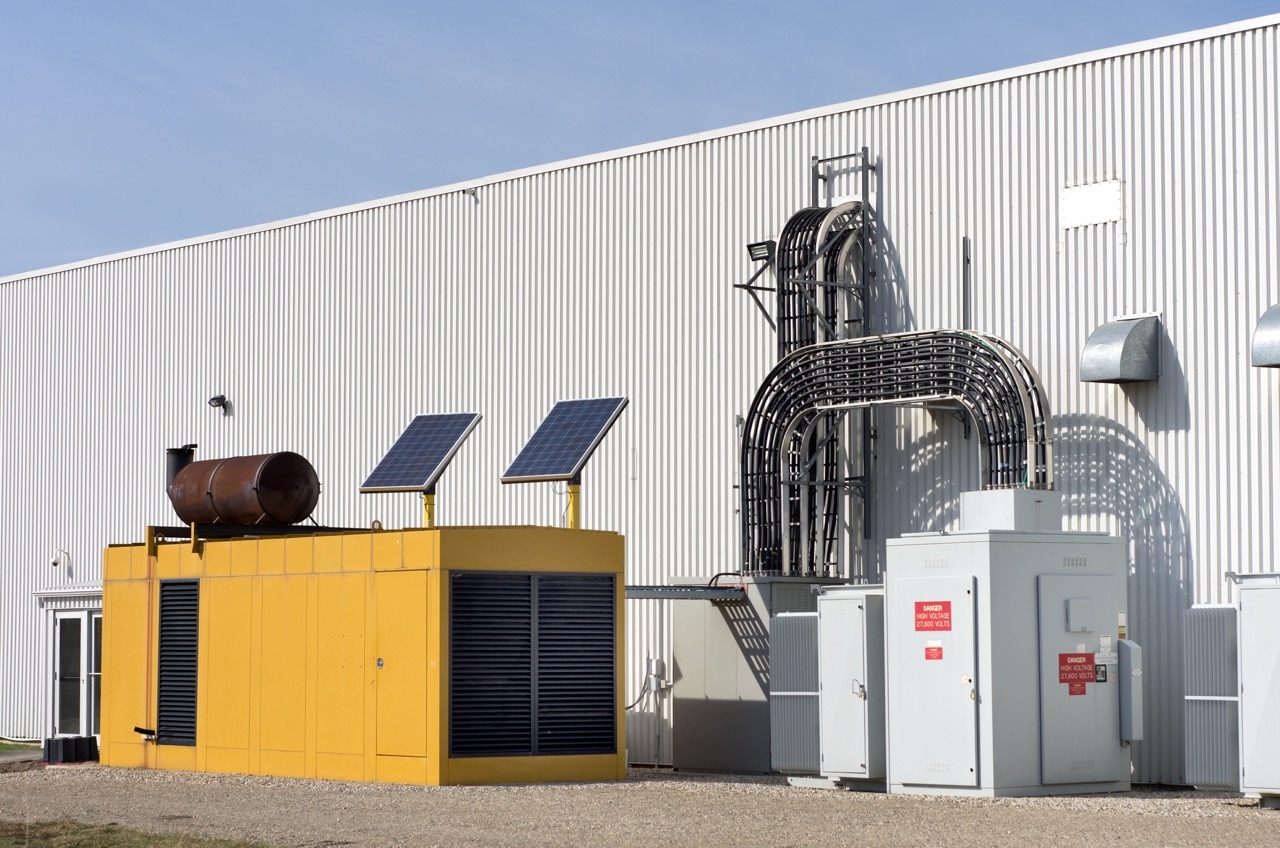WHAT IS NOx Gateway?
NOx Gateway for Continuous Emissions Monitoring
A protocol converter that allows customers to integrate aftermarket NOx sensors with their SCADA or control system via many different protocols.
The NOx Gateway™ allows for the integration of aftermarket NOx sensors, such as the Caterpillar® NOx sensor, into a SCADA system or control system using many different protocols for simple NOx emissions monitoring. With the ever changing landscape of emissions monitoring and reporting, this Gateway can help get continuous emissions monitoring data to your corporate system, or it can collect data locally for later reporting and analysis.
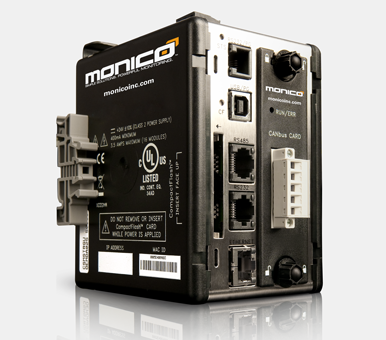
NOx Monitoring
Common applications for the NOx Gateway™ are Natural Gas Compressors and Bi-fuel systems where gas is injected into diesel engines to substitute for diesel fuel, thus reducing harmful emissions. When you introduce Natural Gas into the air stream at about fifty percent substitution rate, the NOx is reduced by between thirty and fifty percent, the SOx is almost eliminated, and the formaldehyde is drastically reduced. These are all gases that are currently regulated by the EPA, and are known to be harmful to the environment. The most popular bi-fuel applications are in Prime Power applications such as drilling rigs, there are many other applications that are becoming more popular. Many emergency backup generators would be well suited for bi-fuel.
Read our Bi-Fuel Systems Whitepaper→
The NOx Gateway is totally preconfigured to eliminate time intensive field configuration. The only field setup required is for network specific items such as IP address or drop number. The Gateway has convenient, removable terminal blocks for 24 VDC power input and NOx sensor input. A link light will confirm proper installation wiring and network traffic. Any minor field configuration modifications are done via our free software MonicoView II™.
Features of this Gateway include USB Interface for programming, troubleshooting, and live viewing, preconfigured mapping and setup, (2) RS-232 ports, (1) RS-485 Port, and (1) Ethernet port and seven similar protocols, four additional input/output ports for gathering data from other devices and Optional digital and analog I/O module for ancillary temperature and pressure signals such as catalyst bed monitoring.
Benefits & Features
- Over 400 pre-configured solutions
- C-UL approved for Class I Div II groups A-D locations
- 0-15 times faster than other customer communications products
- Automatic engine detection and configuration
- Built-in USB interface shows all available parameters on a specific installation
- Gather data from other assets through available ports
- LED indication lights for communication and power confirmation
- Full diagnostic and fault code support with text descriptions
- Pulls parameters at a rate of approximately 20 – 60 parameters per second
Available Pre-Configured Versions
- Modbus over RS-232, RS-485, or Ethernet
- Allen Bradley SLC and MicroLogix over DF1
- Allen Bradley Ethernet IP for ControlLogix and CompactLogix
- Siemens S5/S7 PLC
- GE Fanuc PLC
- Omron PLC
- BACnet over serial and IP for Building Management System
- SNMP for Data Center Management
NOx Monitoring – Nitrogen Oxides
Nitrogen Oxide gas is created and emitted into the environment when burning natural gas in an internal combustion engine, and the EPA requires NOx emissions monitoring under the Acid Rain Program.
Parameters monitored by the NOx Gateway:
- NOx Concentration in ppm
- O2 Percentage
- Various troubleshooting and status parameters
Continuous Emissions Monitoring
Continuous emissions monitoring is a way to ensure that your company is in compliance with the EPA’s Acid Rain Program, which mandates that NOx and SO2 emissions are reduced. Continuous emissions monitoring, as the name implies, is the continual monitoring of the amount of NOx and SO2 released into the environment through combustion or industrial processes. Also included under the Acid Rain Program are regulations for the maintenance of equipment, recordkeeping and reporting- all of which the NOx Gateway can assist with.
Download Datasheet →
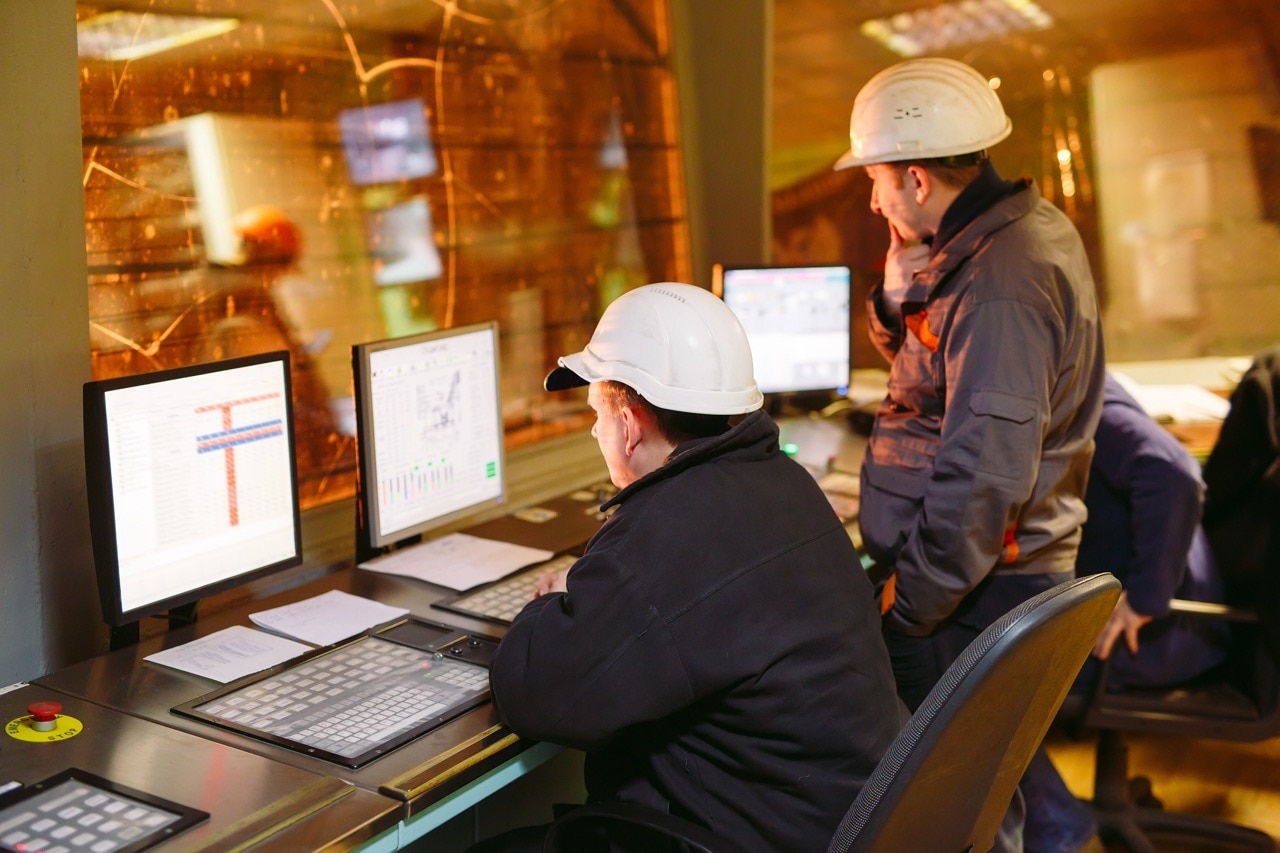
Future-proof your monitoring system
Looking for the Next Generation of Industrial Monitoring?
Monico’s mCore® SDR is the powerful evolution of our trusted gateway technology — combining protocol conversion, edge processing, and remote connectivity in one intelligent device. With onboard analytics, flexible I/O, and seamless integration to the cloud or MonicoLive™, mCore® SDR gives you more visibility, control, and scalability than ever before.
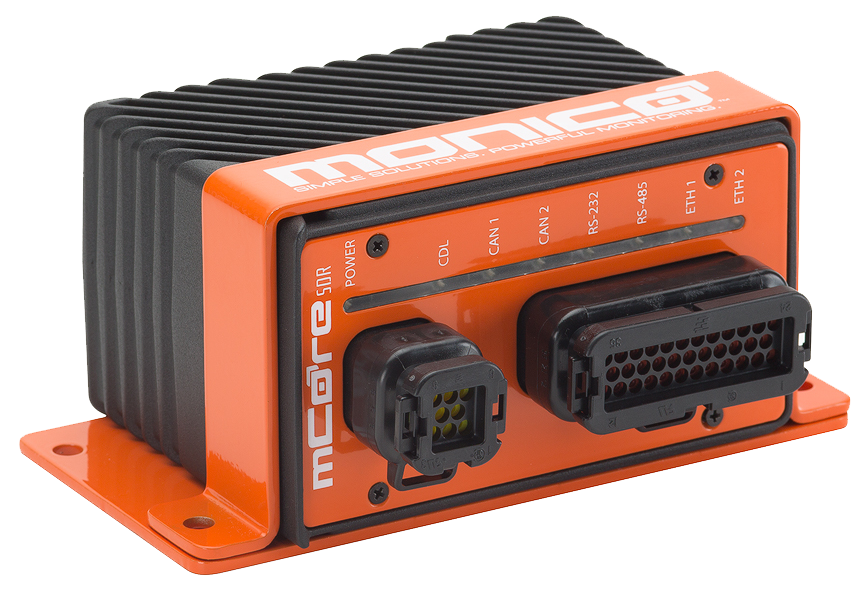
Why Monico
Key advantages that set us apart

Your Data is Yours
Your data is securely collected and stored, always remaining under your control, so you can make informed decisions without concerns about data accessibility or third-party restrictions. We’re here to empower you with the insights you need, not limit how you use your data.

Preconfigured, No Coding Required
Our solutions come preconfigured and ready to deploy without the need for complex coding or development. This plug-and-play approach gets you up and running faster, no coding or data analysis required.

Modern Intuitive Platform
Our platform is designed with you in mind, combining modern functionality with an intuitive interface that simplifies data monitoring and visualization. With Monico, you’ll experience an easy-to-navigate system that makes it simple to access, interpret, and act on your data.

OEM-Agnostic, Multi-Protocol Support
Our gateways are preconfigured for your specific equipment and work seamlessly with most major industrial OEMs. With broad protocol support, they easily integrate into mixed fleets—no custom coding or complex setup required.

EASY AS 1,2,3
The Shortest Path to Real-Time
Actionable Intelligence™
1
Schedule a Demo
We’ll walk you through the process and share examples grounded in real data. No big sales pitch. We’ll discuss the problems you’re trying to solve, identify your needs and address your questions about ROI, security, the implementation process, and more.
2
Let Us Configure Your Solution
We won’t just sell you a gateway and wish you luck. Our powerful solutions are simplified for each customer by being pre-configured, down to the serial number of each asset. You’ll easily access data and gain insights from day one, without struggling with siloed data or differing protocols.
3
Count On Us for Support
Our job isn’t done until implementation is successful and you’re getting data exactly the way you want it, where you want it. We’ll provide installation, training and support. In addition, our online resource library is available 24/7.
FAQs
Frequently Asked Questions
What is the NOx Gateway™ used for?
The NOx Gateway™ is a protocol converter that integrates aftermarket NOx sensors — like those used with Caterpillar® engines — into control systems or SCADA environments. It simplifies continuous emissions monitoring (CEM) by translating sensor data into standard industrial protocols.
What does it monitor exactly?
The Gateway collects and outputs key emissions data, including NOx concentrations (in ppm) and O₂ percentage, along with diagnostic parameters and sensor status. This data supports regulatory reporting, compliance, and environmental optimization.
Which applications is this designed for?
It’s commonly used in natural gas compressor stations, bi-fuel systems, and prime power operations like drilling rigs or large generators. It’s also suited for backup power systems where emissions monitoring is becoming more common under expanding EPA regulations.
What communication protocols are supported?
The NOx Gateway™ supports a wide range of output protocols, including:
- SNMP (for data center management)
- Modbus RTU/TCP
- Allen Bradley DF1 / Ethernet IP
- Siemens S5/S7
- GE Fanuc and Omron PLCs
- BACnet (for building management systems)
Is it pre-configured or does it require programming?
It is fully pre-configured, making it easy to install. The only required setup is entering network-specific parameters like IP addresses or node numbers. Any adjustments can be made via Monico’s free MonicoView II™ software.
What types of sensors is it compatible with?
It’s designed to work with aftermarket NOx sensors, including those commonly used in Caterpillar® and other industrial engines. Compatibility includes sensors capable of providing analog or digital NOx and O₂ readings.
Can it integrate with existing control systems?
Yes. The Gateway can connect directly to most SCADA systems, PLCs, or building automation systems via standard serial or Ethernet-based protocols. It bridges the gap between emissions hardware and industrial automation platforms.
What kind of I/O does it support?
In addition to NOx sensor inputs, the Gateway can be expanded with optional digital and analog I/O modules, allowing integration of ancillary signals such as catalyst bed temperature, pressure sensors, or system alarms.
Is this suitable for hazardous or industrial environments?
Yes. The NOx Gateway™ is C-UL approved for Class I, Div II Groups A-D, making it a rugged solution for use in harsh or regulated field environments.
What makes this different from generic protocol converters?
Most protocol converters are not designed for emissions data or bi-fuel monitoring. The NOx Gateway™ is built with pre-mapped emissions parameters, tailored sensor support, and industry-specific features that simplify integration in emissions-sensitive systems.

